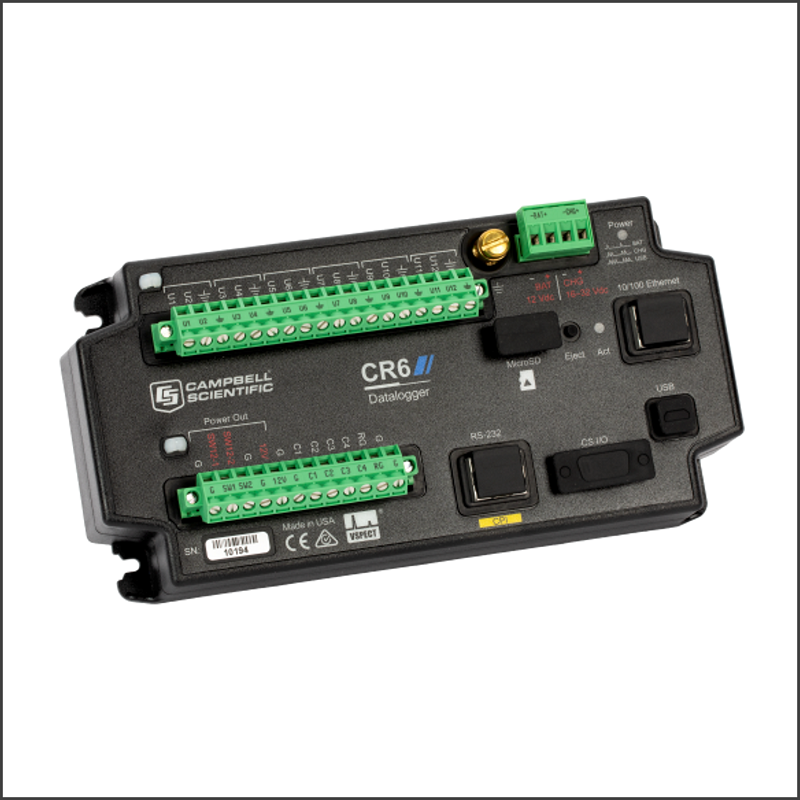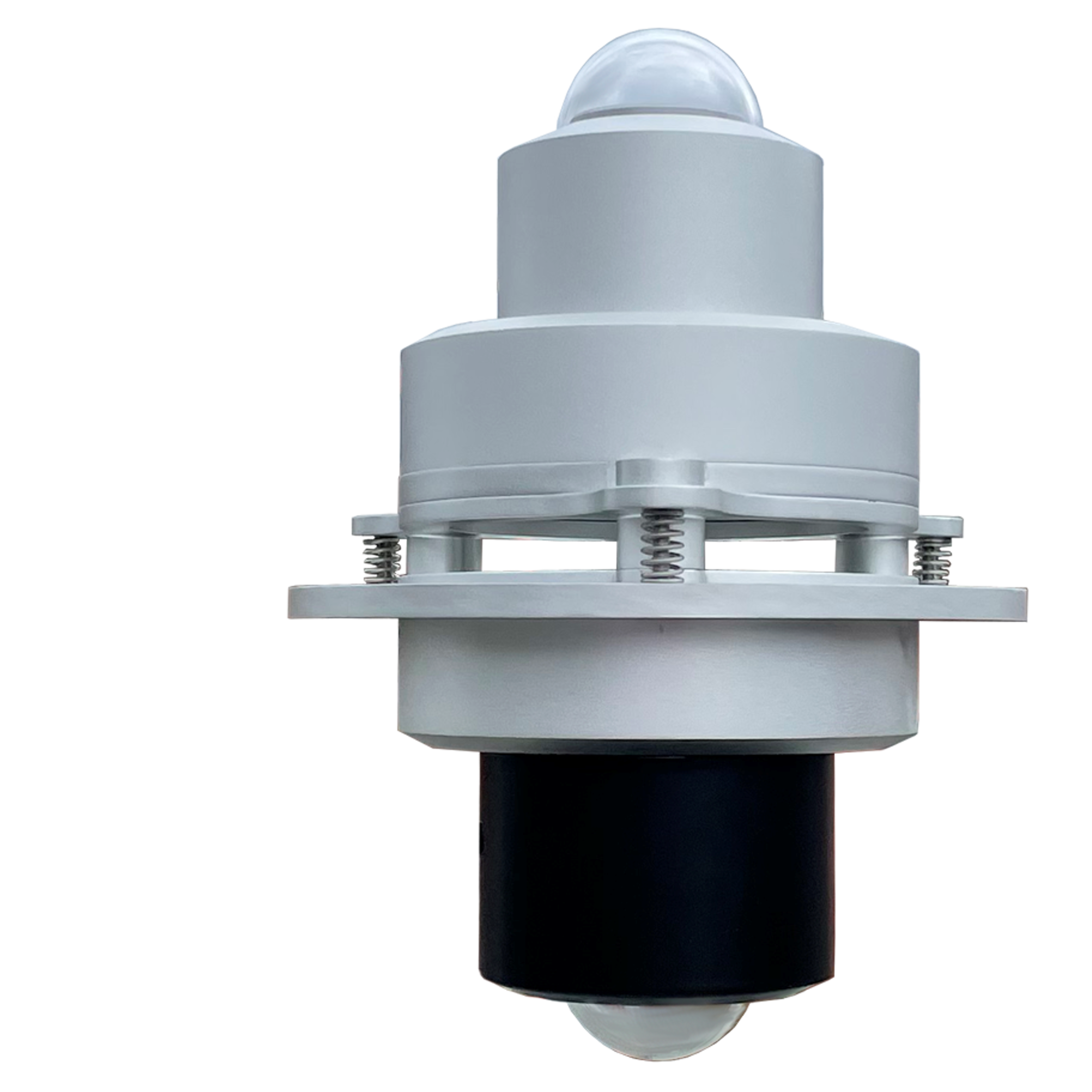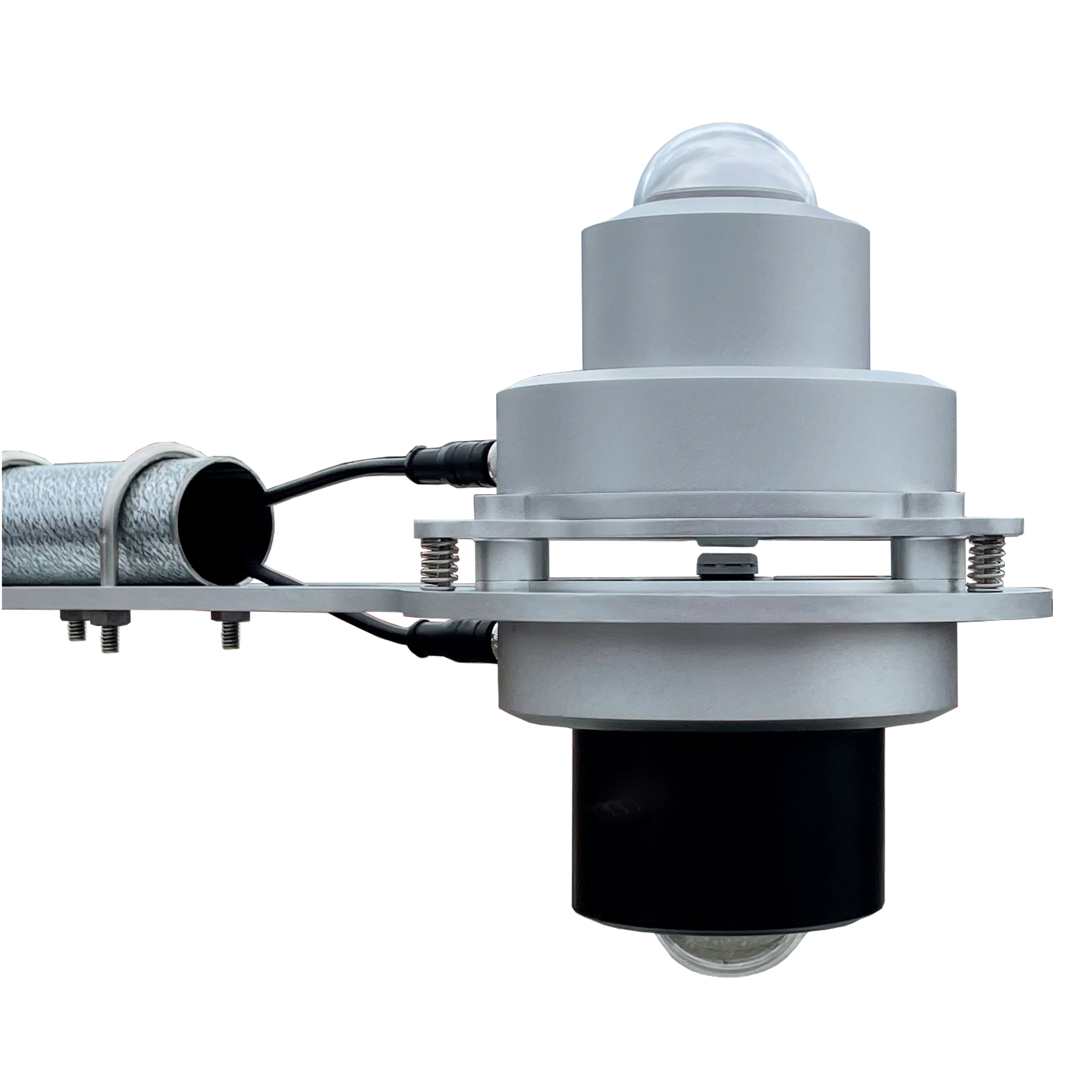spectral albedometer
SolarSIM-ALB
The SolarSIM-ALB takes albedometer measurements to the next level by enabling measurement of spectral and broadband albedo simultaneously.
Consisting of two SolarSIM-G spectral irradiance sensors back-to-back, the SolarSIM-ALB offers unmatched measurement capabilities, enabling users to fully understand their reflected solar resource.
| Measurands: | Global solar spectral irradiance (280 to 1200/4000nm), Global solar irradiance, Albedo and spectral albedo (280 to 1200/4000nm), Reflected global solar spectral irradiance, Reflected global solar irradiance |
| Technology: | Back-to-back software-augmented SolarSIM-G multi-filter radiometers. |
| Highlights: | Enables broadband and spectral albedo measurements in one. Spectral correction of reflected irradiance for PV. |
| ISO9060:2018: | Class A, spectrally flat for sunlight, fast-response optional. |
A new class of albedometer.
The SolarSIM-ALB delivers a new standard in albedo measurement. Composed of two Class A SolarSIM-G spectral irradiance sensors back-to-back, the SolarSIM- ALB is the only albedometer capable of measuring both broadband and spectral albedo, simultaneously.
The SolarSIM-Gs, which make up the SolarSIM-ALB, use filtered photodiodes to make precise, multi-spectral measurements of the downwelling and reflected solar spectrum in several narrow wavelength bands. The SolarSIM-ALB’s software then uses these measurements to accurately resolve the downwelling broadband and spectral solar irradiance, the reflected broadband and spectral irradiance and the related broadband and spectral albedos.
The SolarSIM-ALB is the first sensor that provides users with the ability to routinely characterize spectral albedo, information rich data that can provide important insights across a range of applications including PV resource assessment and plant monitoring, agricultural monitoring and ground truthing of satellite data.
Our SolarSIM-ALBPV derivative includes automated calculation of PV spectral correction factors, allowing PV professionals to fully quantify their reflected solar resource for bifacial PV.
The SolarSIM-ALB brings the measurement power of two SolarSIM-Gs. Choose from:
| Global horizontal solar irradiance | ISO9060:2018 Class A measurements of global horizontal irradiance, under all sky conditions, covering the complete 280-4000nm solar spectral range. |
| Global horizontal solar spectral irradiance | Global horizontal solar spectral irradiance, under all sky conditions, over the complete solar spectral range of 280 – 4000nm, with 1nm resolution. |
| Spectral correction factors for PV | Automated calculation of spectral correction factors for up to nine embedded or user-defined solar panels. For both downwelling and reflected irradiance. |
| Global reflected irradiance | Reflected global irradiance over any ground type, covering the complete 280-4000nm solar spectral range. |
| Global reflected spectral irradiance | Reflected global spectral irradiance over any ground type, covering the complete 280-4000nm solar spectral range. |
| Meteorological parameters | Ambient temperature, relative humidity and atmospheric pressure. |
The SolarSIM-ALB comes with powerful software to process and visualize your data.
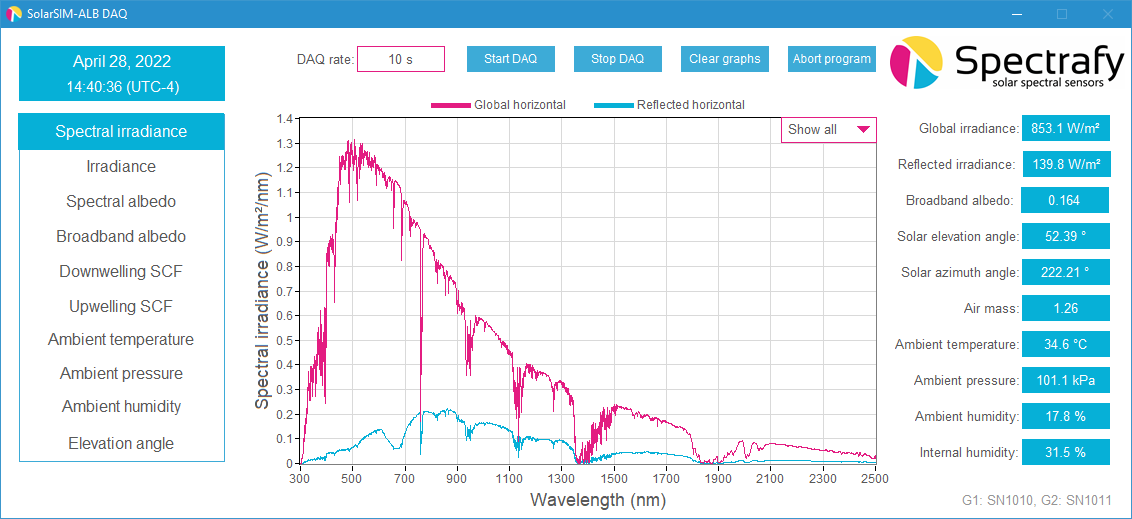
Multiple options for maximum ease.
Datalogger
With RS-485 ASCII digital output, the SolarSIM-ALB can connect to any RS-485 capable datalogger. Sample datalogger code is available upon request.
Combox
Get your SolarSIM-ALB working straight out of the box with our custom power/comms converter. The Combox allows you to connect to and power a SolarSIM-ALB directly through a laptop or PC.
Serial over ethernet
The SolarSIM-ALB can be connected to a networked PC/server via a suitable SoE device. Hardware recommendations are available upon request.
Broadband Irradiance
| Spectral range | 280 – 4000 nm |
| Custom range selection | Yes |
| Maximum Irradiance | 2000 W/m2 |
| Response Time (95%) | 0. 7s (0.4s optional) |
| Zero offsets (A and B) | n/a |
| Field of view | upper 180º, lower 170º |
| Non-stability (change per year) | < 0.2% |
| Non-linearity | < 0.3% |
| Spectral error | < 0.5% |
| Temperature response | 0.1% (on-board temp. correction) |
| Directional/cosine response | < 10 W/m2 |
| Tilt response | n/a |
| Calibration uncertainty | 1.1% |
| ISO 9060:2018 classification | Class A |
| ISO 9060:2018 sub-category: “Spectrally flat” | Compliant for sunlight |
| ISO 9060:2018 sub-category: “Fast response” | Optional |
Spectral Irradiance
| Spectral range | 280-1200/4000 nm |
| Spectral resolution (FWHM) | 1 nm |
| Wavelength Accuracy | ± 0.1nm |
| Spectral measurement uncertainty | < 5% ±0.05 W/m2 per wavelength |
| Exposure time | < 1ms |
| Max acquisition rate | 0.5 Hz |
| Temperature dependency | < 0.1% (on-board temp. correction) |
General
| Weight | 2.4 kg |
| Dimensions | 132 x 132 x 250 mm |
| Power supply and consumption | 12VDC, < 2W |
| Communication | RS-485 ASCII, Direct to PC, serial over ethernet, datalogger |
| Operating temperature range | -30 to 65 °C |
| Humidity Range | 0 to 100% RH |
The go-to solution for a wide range of applications.
| Solar R&D | The SolarSIM-ALB’s unmatched ability to resolve both broadband and spectral albedo provides researchers with the tool they need to fully understand reflected solar irradiance. |
| Solar resource assessment | Field measurements of albedo are used as inputs to PV performance models in order to reduce overall project uncertainty. Spectral albedo measurements take the next step by remove spectral uncertainty, further lowering project risk. |
| Bifacial PV rearside irradiance monitoring | The spectral shape of reflected solar irradiance can vary greatly and impact PV panel performance up to 20%. The SolarSIM-ALB can provide measurements of spectrally corrected rearside irradiance in order to capture this spectrally induced variation. |
| Agricultural monitoring | Spectral albedometer measurements can provide important insights regarding crop health. |
| Satellite ground truthing | Spectral albedometer data plays an important role in ground truthing satellite imagery. |
| Climate modelling | Albedo measurements provide important inputs for radiative forcing and climate models. |
How does the SolarSIM-ALB work?
The SolarSIM-ALB consists of two SolarSIM-G software augmented multi-filter radiometer. The SolarSIM-G uses filtered photodiodes to make precise, multi-spectral measurements of the solar spectrum in several narrow wavelength bands. These measurements then inform the SolarSIM-ALB’s software to accurately resolve the complete global solar spectrum and total global irradiance, under all sky conditions. The software then combines these measurements to obtain albedo and spectral albedo.
Is the SolarSIM-ALB an ISO9060:2018 Class A sensor?
The SolarSIM-ALB consists of two ISO9060:2018 Class A SolarSIM-G spectral pranometers.
Why would I choose a SolarSIM-ALB over a traditional albedometer?
The SolarSIM-ALB is the only albedometer capable of resolving both albedo and spectral albedo at once. Spectral albedo is particularly useful in quantifying the reflected irradiance for bifacial PV applications, as the spectral distribution of reflected light can vary greatly and alter rearside panel performance by over 20%.
What does the SolarSIM-ALB software do?
The core of the SolarSIM-ALB software is a proprietary radiative transfer model that uses the SolarSIM-G's multi-spectral measurements of sunlight, along with its measurements of ambient temperature, pressure and humidity to reconstruct the global solar spectral irradiance over the 280-4000nm range. The software then uses the spectral irradiance data to automatically calculates albedo and spectral albedo. It is available as a GUI and as a command-line executable.
Does Spectrafy sell complete measurement systems?
Yes, we can provide you with a complete turn-key system so you can hit the ground running with your SolarSIM-G measurements.
How do I connect a SolarSIM-ALB to my datalogger?
The SolarSIM-ALB communicates via RS-485 ASCII. As such it can connect to any datalogger that accepts RS-485 or RS-232 inputs. Sections 4 and 6 of the SolarSIM-ALB User Manual provides details regarding data logger integration, as do our data logger app notes found in the SolarSIM-ALB download section.
How is the SolarSIM-ALB calibrated?
All SolarSIM-G production units undergo electrical, thermal and optical calibration. The optical calibration is performed on-sun against our reference SolarSIM-G sensors The reference sensors are calibrated for absolute irradiance at NREL in Golden Colorado and are traceable to NIST Spectral Irradiance Standard Model FEL lamps.
How often should I get my SolarSIM-ALB recalibrated?
We recommend recalibration every two years in order to ensure the highest measurement accuracy. Recalibration is performed on-sun, at Spectrafy HQ in Ottawa, Canada. Please contact us prior to shipping your unit in order to ensure the swiftest calibration process possible.
How does the process of upgrading my SolarSIM-ALB to add additional measurement functions work?
The SolarSIM-ALB can be purchased with any or all of its measurement capabilities activated. Additional measurement options can be added at any point in the future via a simple software upgrade. At the same time, users can also choose to have their historical data reprocessed, to include the new measurand(s) from inception.
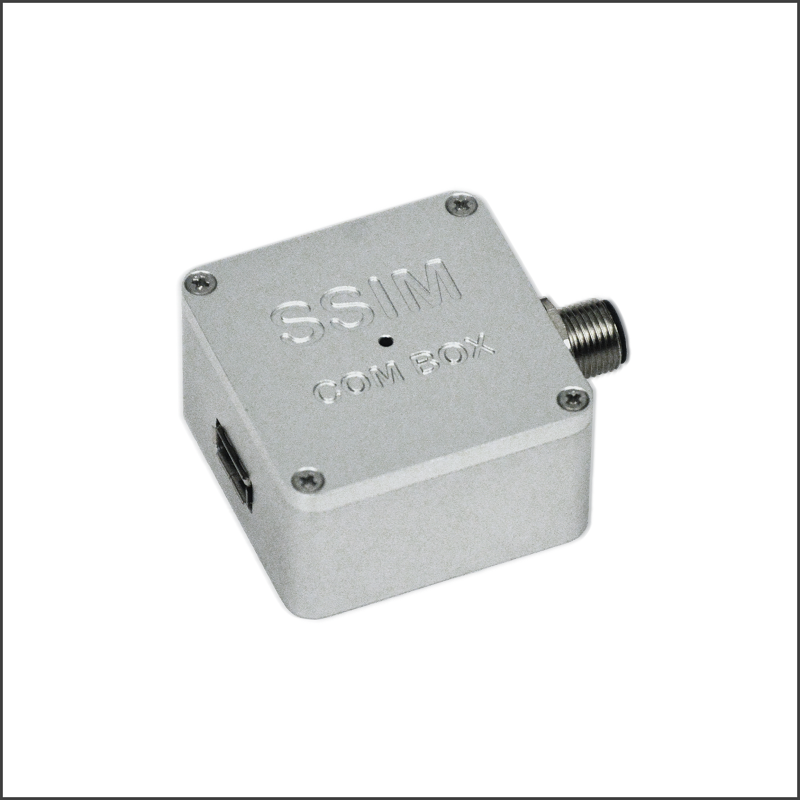
Combox
The Combox is a power and comms converter that allows the user to connect to and power their SolarSIM and SolarBand-C3 sensors directly through a PC or laptop.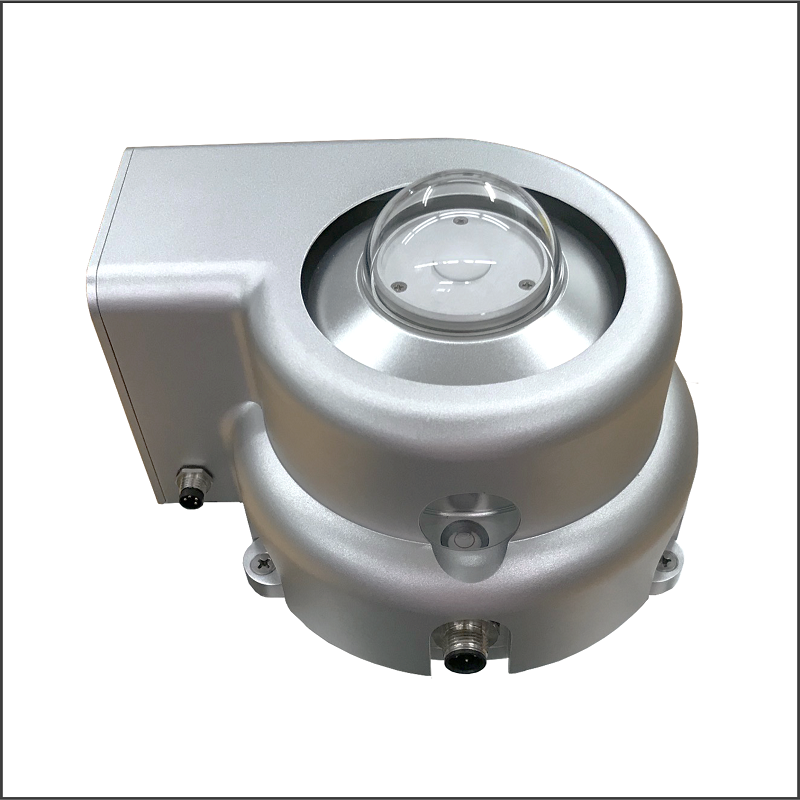
GV-1 Ventilator
The GV-1 ventilator maximizes the reliability and accuracy of SolarSIM-G, SolarSIM-GPV, SolarSIM-GUV, SolarSIM-3C and SolarSIM-ALB measurements while minimizing maintenance, by reducing the effects of dust, raindrops and dew.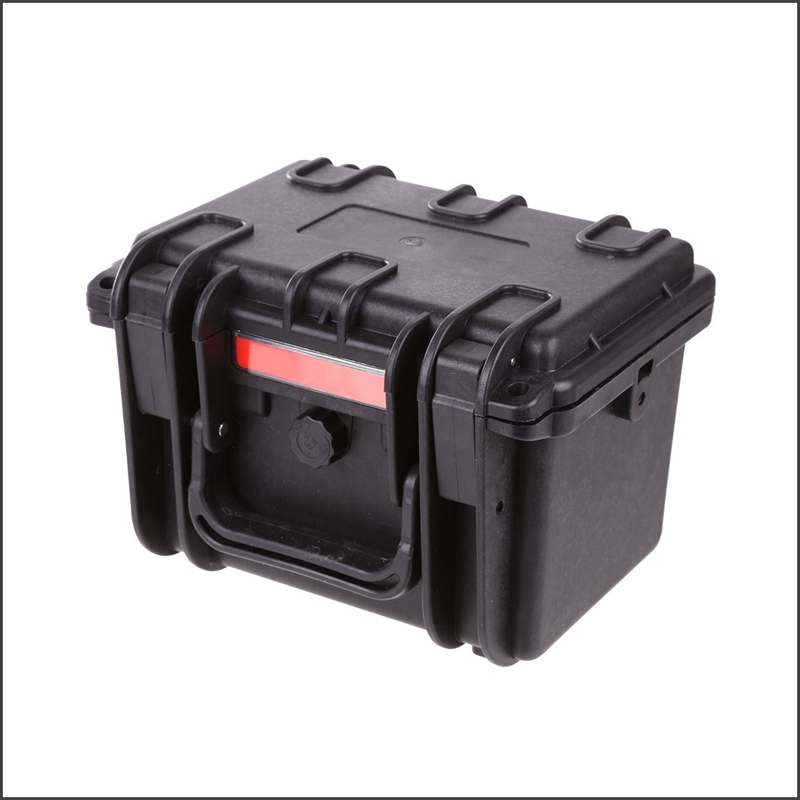
CC-G Carry Case
Hard plastic, waterproof, shockproof and dust proof carry case with custom foam cut outs to keep your SolarSIM-G/GPV/GUV safe and snug.